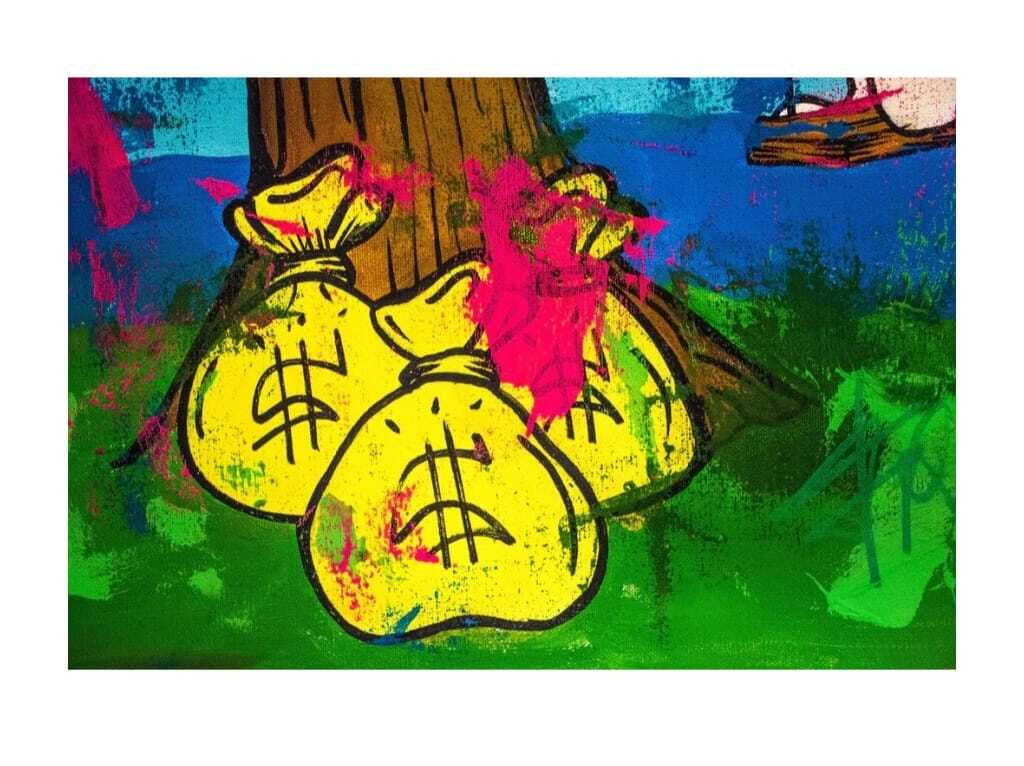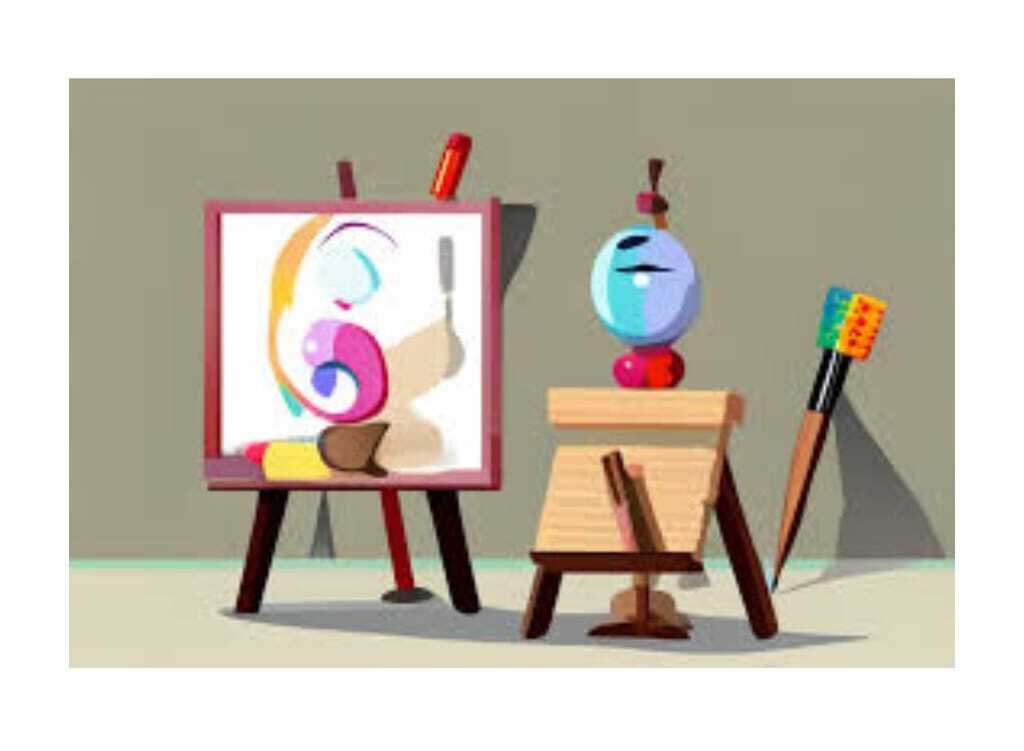An art career can indeed be profitable, but achieving financial success as an artist often requires a combination of talent, business acumen, perseverance, and strategic decision-making. While the stereotype of the struggling artist is prevalent, the reality is that many artists have built lucrative and sustainable careers by leveraging their creative skills and entrepreneurial spirit. Here are some key factors to consider when exploring the profitability of an art career.
Diversification of Revenue Streams: One of the most effective ways for artists to maximize their income potential is by diversifying their revenue streams. This may involve selling original artwork, limited edition prints, merchandise, licensing their work for various products, teaching art classes or workshops, offering commissions, participating in art fairs and exhibitions, and even leveraging digital platforms for online sales. By tapping into multiple avenues for generating income, artists can create a more stable and sustainable financial foundation for their career.
 Building a Strong Brand and Identity: Successful artists often establish a strong personal brand and identity that resonates with their target audience. This may involve developing a signature style, cultivating a compelling artist persona, and effectively communicating their artistic vision and values. By building a recognizable brand, artists can differentiate themselves in the market, command higher prices for their work, and attract a loyal following of collectors and patrons who are willing to invest in their art.
Building a Strong Brand and Identity: Successful artists often establish a strong personal brand and identity that resonates with their target audience. This may involve developing a signature style, cultivating a compelling artist persona, and effectively communicating their artistic vision and values. By building a recognizable brand, artists can differentiate themselves in the market, command higher prices for their work, and attract a loyal following of collectors and patrons who are willing to invest in their art.
Strategic Marketing and Promotion: Like any business, effective marketing and promotion are crucial for the financial success of an art career. Artists can leverage various marketing channels to showcase their work, engage with their audience, and attract potential buyers. This may involve utilizing social media platforms, creating a professional website or online portfolio, participating in art exhibitions and events, collaborating with galleries and art dealers, and establishing partnerships with other creative professionals. By implementing a strategic marketing strategy, artists can increase their visibility and reach a wider audience, leading to greater sales and recognition.
Understanding the Art Market: A profitable art career often requires a deep understanding of the art market. This includes being aware of current trends, recognizing the demands of collectors and art enthusiasts, and staying informed about pricing strategies and sales tactics. Artists who are knowledgeable about the dynamics of the art market can make informed decisions about the creation, presentation, and promotion of their work, ultimately maximizing their earning potential and seizing lucrative opportunities.
Professional Development and Continuous Learning: Successful artists recognize the importance of continuous learning and professional development. By honing their artistic skills, staying abreast of industry developments, and seeking opportunities for growth and improvement, artists can expand their creative repertoire and elevate the quality of their work. This, in turn, can lead to increased demand for their art, higher pricing, and a competitive edge in the market, all of which contribute to greater financial success.

Establishing Sustainable Business Practices: Profitable art careers often hinge on the establishment of sound business practices. This may involve setting clear financial goals, managing expenses effectively, maintaining organized records, and cultivating relationships with collectors, galleries, and other industry stakeholders. By operating their art practice with business savvy and financial discipline, artists can position themselves for long-term success and sustainability in their career.
Strategic Collaboration and Networking: Collaboration and networking play a vital role in the profitability of an art career. Artists who forge meaningful partnerships with galleries, art institutions, curators, and other creatives can gain access to new markets, promotional opportunities, and valuable connections within the art world. Through strategic collaboration and networking, artists can expand their reach, increase their exposure, and access lucrative opportunities for showcasing and selling their work.
Adaptability to Market Changes: The art market is constantly evolving, and profitable artists are able to adapt to these changes with agility and foresight. This may involve exploring new artistic mediums, embracing emerging technologies, responding to shifts in consumer preferences, and being open to innovative business models. By remaining adaptable and forward-thinking, artists can position themselves to thrive in an ever-changing marketplace, ensuring the long-term profitability of their art career.
Financial Management and Investment: Building a profitable art career also entails prudent financial management and investment. Successful artists understand the importance of carefully managing their income, budgeting for expenses, and strategically reinvesting profits into their art practice. Additionally, some artists choose to diversify their financial portfolio by investing in assets such as real estate, stocks, or other forms of passive income, thereby creating a stable financial foundation outside of their art sales.
Legal and Financial Advisory: Seeking professional advice from legal and financial experts can also contribute to the profitability of an art career. Whether it's navigating the complexities of contracts, intellectual property rights, copyright issues, or managing tax responsibilities, having access to experienced advisors can help artists protect their financial interests, mitigate risks, and optimize their financial strategy for long-term success.

In conclusion, while the profitability of an art career requires strategic planning, creativity, and a strong work ethic, it is certainly attainable for artists who are willing to approach their practice with a business mindset. By diversifying revenue streams, building a strong brand, engaging in strategic marketing, understanding the art market, continuous learning, establishing sustainable business practices, strategic collaboration, adaptability to market changes, financial management, and seeking professional advice, artists can position themselves for financial success and create a sustainable and rewarding career in the arts.